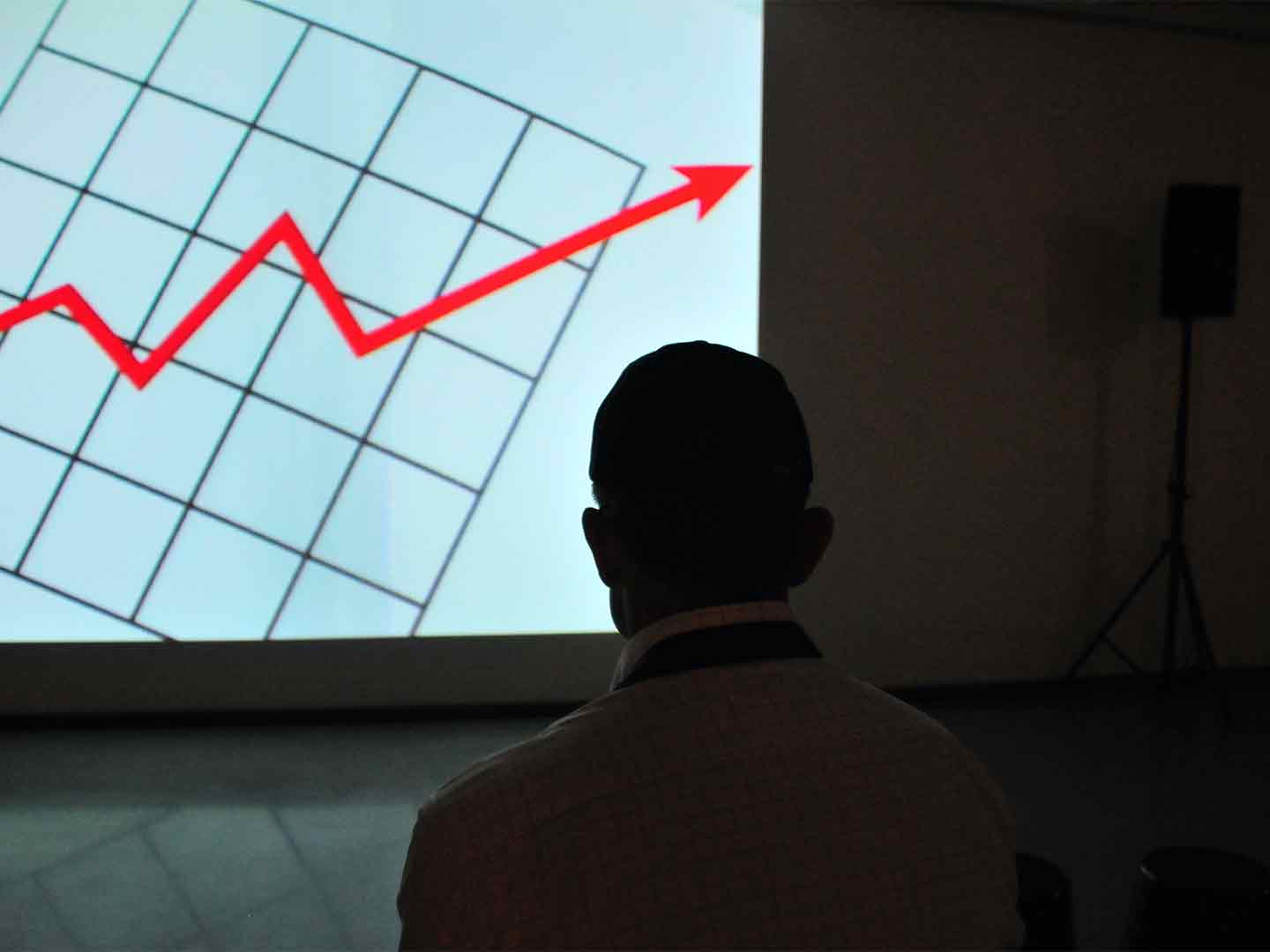
Is the worst of the ad market freefall behind us? The results of some surveys suggest that’s the case and experts predict an overall ad market decline pegged at 13% this year. But, marketers are also adjusting to a new normal for up to the next year, which means you’ll find selling opportunities in specific places.
According to a survey by Advertiser Perceptions, the following percentages of executives expect to restart advertising as follows:
- July 21%
- August 13%
- September 17%
This data is supported by the findings in our State of Media Sales survey, in which 18% of media sales professionals said they expected to see the economy begin to recover in July. But there’s a different between recovery and operating under what some analysts call the ‘new normal.’ As you continue to sell advertising, you may find, as the Advertiser Perceptions survey did, that about 52% of executives say they are still working on a strategy for the ‘new normal.’
The New Normal
What is the new normal likely to look like? For those details, we can consult the mid-year forecast just issued by GroupM. Analysts at GroupM correctly emphasize that the U.S. ad market is in adjustment for more than one reason. The coronavirus and the issue of social justice are both impacting how marketers are advertising.
The top-level findings from GroupM indicate that media shops can expect to see a 13% drop in advertising demand. Since we’re in an election year, the U.S. ad market may actually drop by only 8%. After experiencing that adjustment, we can look forward to an increase of 4% in 2021.
Opportunities in Omnichannel and Political
Because so many consumers are shopping online, businesses are ramping up their omnichannel operations. And they’re advertising this shift through digital means. When the political revenue is included, $3 billion, the digital ad market will likely finish 2020 at the same place it was at the end of last year. The ‘strong’ performance of the digital ad market will help to offset the decline in other formats.
Political ad money is also likely to help local TV stations. With up to $15 billion likely to be spent by candidates, parties and PACs during this election season, nearly half of this money will to go local TV advertising. By year-end, TV stations in markets with hotly contested congressional seats and issues may be able to grow revenue over last year by 1%.
Print media publishers continue to be disrupted in a transitioning market. Ad money will likely drop 26% this year and 20% next year. These organizations will fight for digital market share and explore new formats and revenue sources going forward.
Out-of-home, which had initially been predicted to turn in a strong performance this year, has been dealing with a lack of consumer travel, whether it’s shopping, working or entertainment related. As activity picks up, demand for out-of-home ads will too. However, by year end, the bottom line may be a 21% decrease in revenue when compared to last year.
The audio market, which includes traditional radio and formats like podcasts, is also facing a 24% drop this year.
How to Beat the Decline Pegged at 13%
As the ad market gradually recovers, some verticals will bounce back faster than others. One common thread in both the GroupM projections and in the State of Media Sales survey is political advertising. Candidates, parties and PACS always spend more during a presidential election cycle and this year will be no exception. You can count on political funds as a source of growth this year. Check out the AudienceSCAN profiles, available on AdMall by SalesFuel, to learn more about specific voter groups and the media formats they say are most influential.
